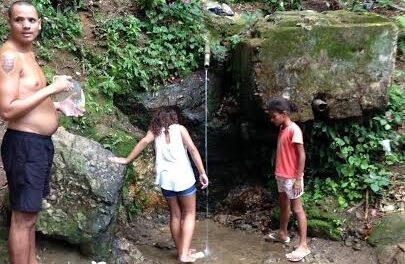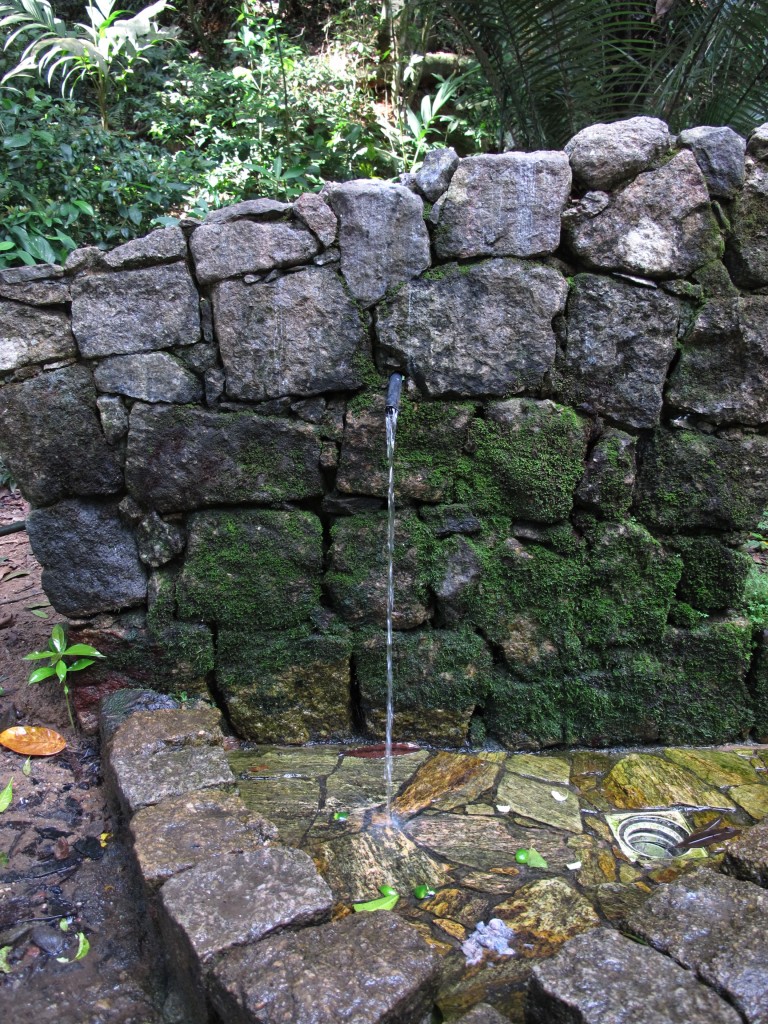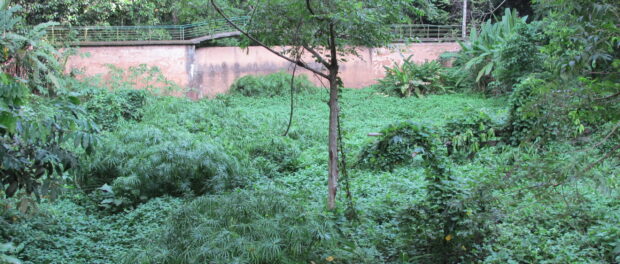
Brazil, which holds 12% of the world’s fresh water supply, is in the midst of one of the most severe droughts in its history. Rio de Janeiro’s main water reserves are teetering on a brink, relying on meager reserves when it doesn’t rain and only barely filling up when it does.
Despite international recognition of the severity of the situation and almost a decade of warnings, politicians and water utilities (Nova Cedae in Rio) have been devastatingly slow to act. They are denying wrongdoing and that the crisis will lead to rationing, meanwhile enacting only the most minimal of short-term solutions. Rio water company Cedae is hoping to fight off the crisis with a small exhibition about changing water use habits (see Cedae’s Código Notícia 2865). São Paulo water company Sabesp has tried but failed with “cloud seeding,” a technique that involves sending airplanes to disperse additional substances into the air in order to induce rain. The majority of the dubious, expensive, and varied proposed solutions still do not address the root of the crisis: deforestation—abuse of forest resources through agriculture (about 70%) and industry (about 20%).
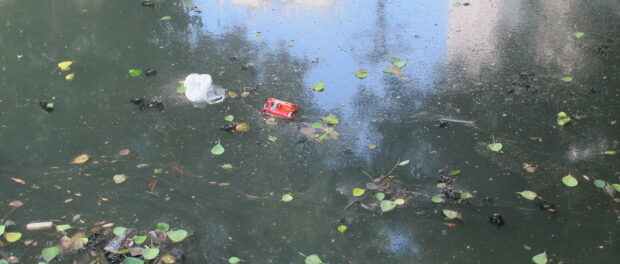
The country’s hydric collapse is more advanced in São Paulo where there are official talks of a “rodízio de água“—a ‘five days off, two days on’ rotation scheme—to control the use of water, and where the city’s poorer, peripheral neighborhoods have already suffered periods of up to a week without water over the past months. But the crisis has also arrived in the state of Rio de Janeiro, the greatest consumer of water in the country at 301 liters per person per day, using triple of what the United Nations considers sufficient.
Not much has been said about how this drought has affected, and will continue to affect, poor neighborhoods and favela communities far more profoundly than the rich, nor about the risk of violent social conflicts that have already occurred on a small scale in what could become a war to obtain an essential resource. In places that suffer chronically from poor or even non-existing infrastructure and inadequate sanitation, a severe drought can compromise living conditions to a perilous degree.
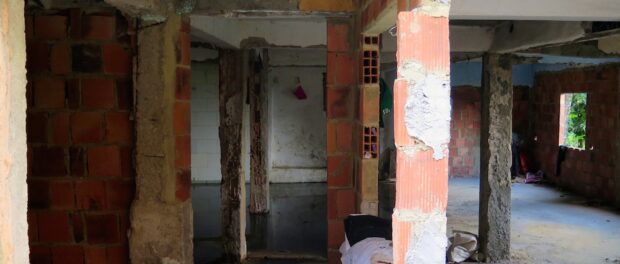
Rationing schemes based on rotating schedules, such as the proposed “rodízio de água,” are favorable to the wealthy who are more likely to have the resources to invest in tanks for mass water storage when their water is “on.” Low-income Brazilians, on the other hand, are able to store less and would at times remain without water or pay inflated prices for large jugs of water or water trucks when their water is “off.” Rationing based on need and per capita amounts of water, while still an unpopular measure, at least aims to distribute resources more evenly. However, as the ex-President of Sabesp, Gesner Oliveira, said, the rich can always simply buy Perrier in desperate times.
The vast majority of Rio’s favelas receive water directly or indirectly from Cedae through formal systems or informal siphoning in the many cases where the utility has not officially arrived. Water may be on for a few days here and off for a couple of days there in favelas, ranging from the largest, Rocinha, in the South Zone, where this is common, to small communities like Vila Paciência in the West Zone where this apparent rationing has begun with this summer’s drought.
A few favelas, however, depend on natural sources. The Rainha River, for example, normally runs through the Parque Natural Municipal da Cidade (Municipal Natural Park), serving residents of the Parque da Cidade favela. But since the river has dried up the favela goes up to 9 days at a time without water. Vale Encantado, a favela working to become fully sustainable, has also experienced the drying up of one of its natural sources this summer. Biologist João Paulo de S. Rosas, who works in the park, linked this local crisis to national deforestation. He said: “the health of the people depends on the health of the forests. If the forest dies, that’s when people will really feel the crisis.”
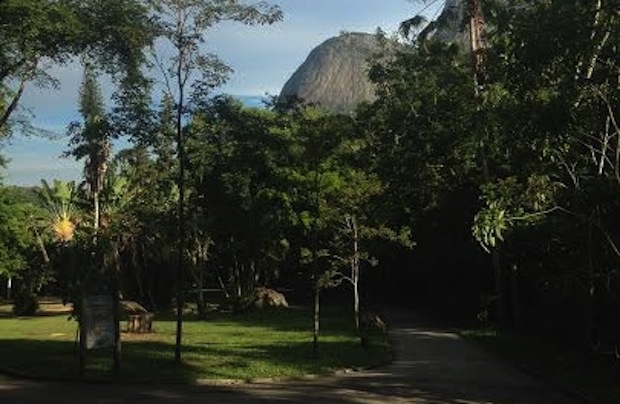
Favelas have a history of living with, debating, and implementing solutions to water and sanitation problems. With the crisis escalating, will something only be done when the taps run dry and the plight of favelas is felt by everyone?
